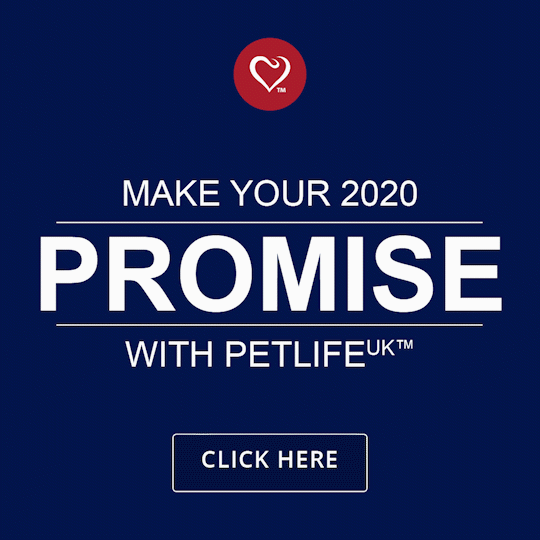HEALTH & WELLNESS

TRENDING

SIGN UP and Start Receiving
Our Monthly Newsletter,
The Chronicles
What You Need To Know About Pugs

Pugs are a popular breed of dog that have captured the hearts of many due to their playful and affectionate nature. However, their adorable looks and lovable personalities come with several health risks that owners should take into account.
In this article, we touch on their history, common ailments, and what owners can do to keep their pets happy, healthy, and in great condition.
THE HISTORY OF PUGS
Pugs have a long and fascinating history. Originating in China, they were named Lo Sze and bred as lapdogs and companions to Chinese nobility. Making the long journey west on merchant ships and along the fabulous Silk Road, the earliest Pug ancestors were brought to Europe by traders in the 16th century, where they became popular among the aristocracy. In the 19th century, Pugs were imported into England, where they quickly became a favoured breed. Some think their English name derives from the word “pugilist” meaning a fist fighter or boxer. Their flat faces and squashed noses seem to bear out this theory. Today, Pugs are beloved all over the world for their unique appearance and friendly personalities.
BREEDING PRACTICES
In an effort to develop the Pug’s distinctive features, some owners engaged in overly selective breeding. Unfortunately, this has made them susceptible to several ailments. Being a brachycephalic breed, they have short wrinkly snouts and flat faces, features that can cause a number of health issues that are common among these quaint little dogs. Additionally, their stout, barrel-shaped bodies are prone to obesity. Their very popularity led to the practices that exacerbated these risks. Many veterinary health authorities are warning that aging Pugs will become subject to serious health crises.
HEALTH RISKS
Pugs are prone to several health problems that can significantly impact their quality of life. Some of the most common include respiratory difficulties, eye diseases, dental issues, and skin problems. The respiratory complaints occur due to their short snouts and flat faces. The narrowed nasal passages cause difficulty breathing also known as brachycephalic obstructive airway syndrome. Along with Boxers, Bulldogs, and other short-snouted breeds, Pugs are more susceptible to seizures than dogs with unobstructed airways. This is thought to occur since insufficient oxygen reaches the brain, especially when they are over-excited or over-exercised. Because of the restricted airflow, they also cannot cool themselves effectively which leads to overheating. Their protuberant eyes can easily be damaged and exposed to afflictions such as dry eye, corneal ulcers, and cherry eye. All signs of eye infections should be monitored and treated to avoid them becoming serious. Dental decay is common due to the Pug’s small jaw and crowded teeth. Skin allergies and disorders such as bacterial infections that start in the facial folds and wrinkles occur frequently.
CARING FOR YOUR PUG
As an owner, there are several steps you can take to help prevent or manage your Pug’s health challenges.
First and foremost, choose your pet from a reputable breeder who prioritises the health of their dogs. Be sure to provide your Pug with enough but not too much exercise and a healthy diet to help prevent obesity, which can exacerbate breathing difficulties. Their faces should be kept clean with particular attention to ensuring that their cute wrinkles remain germ-free. To keep your pet safe from overheating, keep them inside during the hottest parts of the day and avoid strenuous exercise during very warm weather. Provide easy access to cool, clean water and keep these enthusiastic eaters at a healthy weight. Regular veterinary checkups are also important to catch any maladies early and ensure that your Pug is up to date on vaccinations.
Finally, be mindful of your Pug’s unique needs and limitations. They are adorable companions and understanding their history and potential health risks empowers owners to provide them with the best care. By being proactive and knowledgeable, you can ensure the well-being and longevity of your beloved furry friend.











